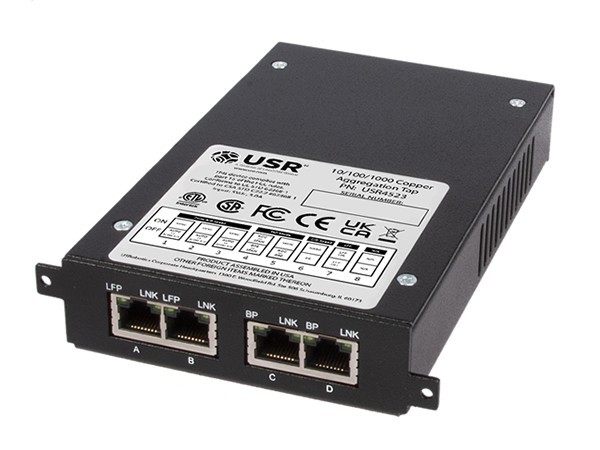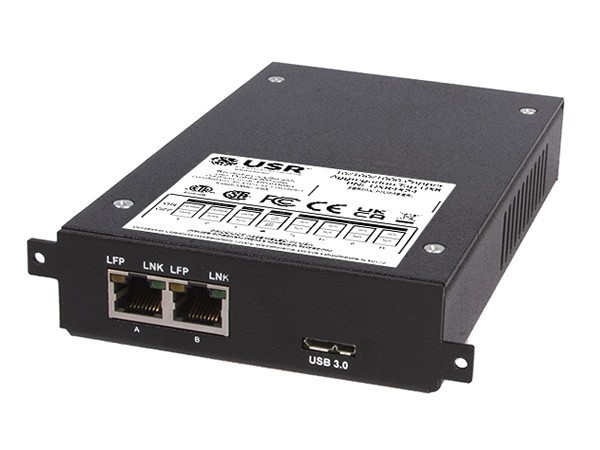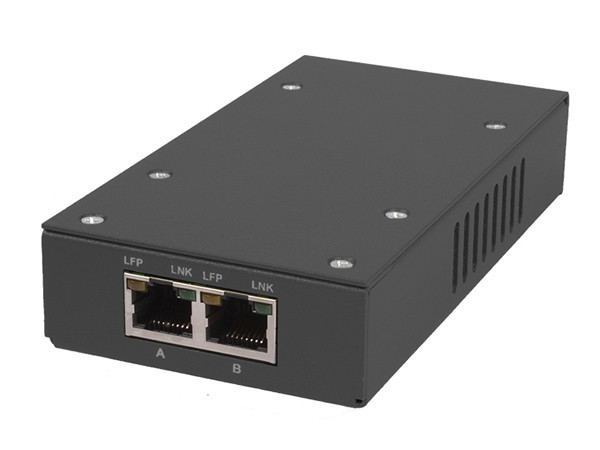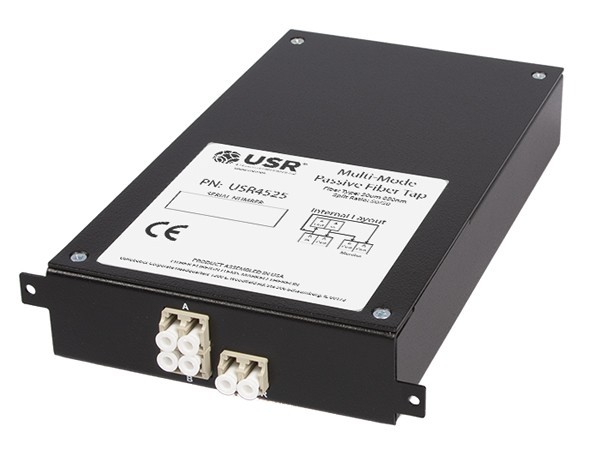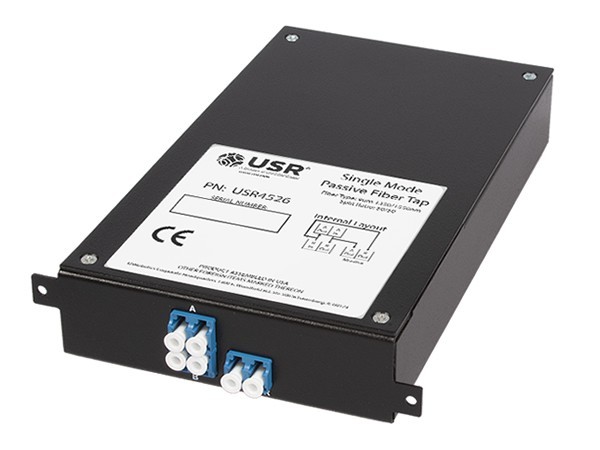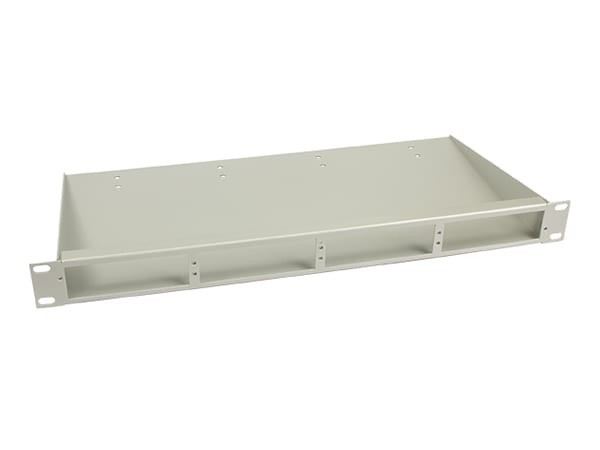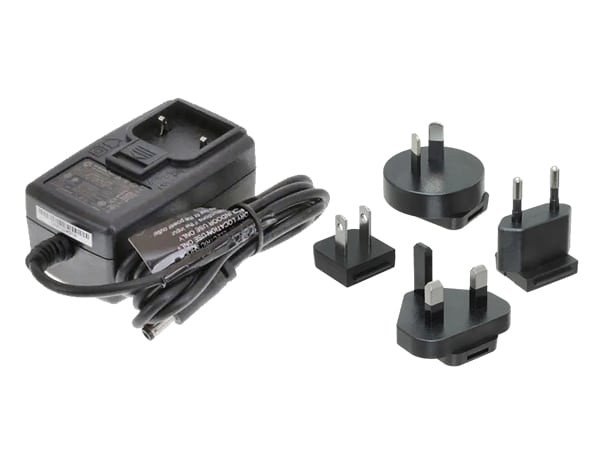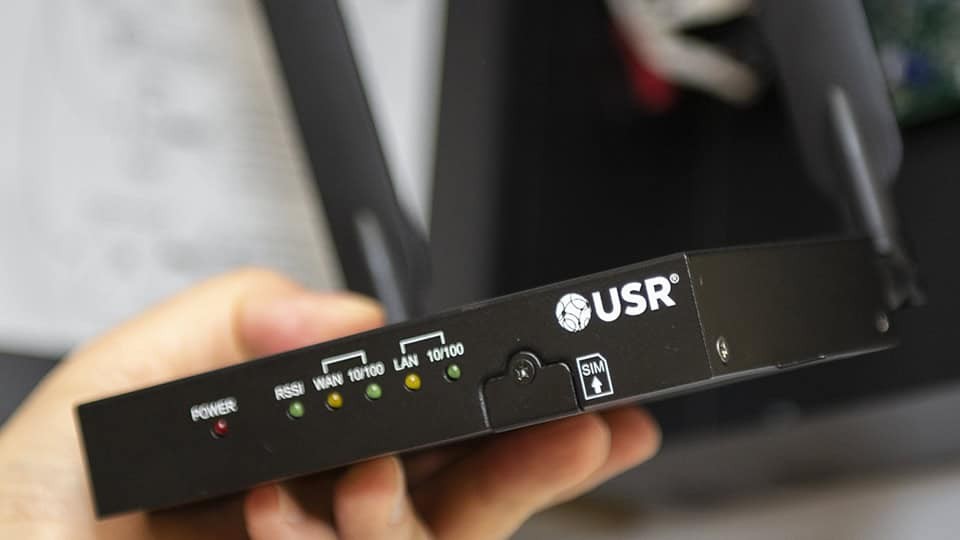USR's copper, USB and fiber TAPs provide a reliable solution for 24x7 capturing of full-duplex ethernet links. Aggregation TAPs capture full-duplex ethernet links in a combined single stream of data for output in a variety of modes and port types.
The copper TAP’s link failure propagation allows an instant switchover to the secondary link, ensuring 100% network uptime when network elements fail. All USR TAPs are totally fault-tolerant, non-intrusive and invisible to the network making them ideal for real-time monitoring of traffic between critical network devices such as switches, routers and firewalls. Permanent installations eliminate need for continual network interruptions after installation, while portable USB options are convenient for troubleshooting in the field. The fault-tolerant design will help ensure that network performance and integrity will not be affected by power loss.
USR gigabit ethernet TAPs capture full-duplex ethernet links in a combined single stream of data, offer dual monitoring ports for multiple analyzers, as well as a span mode to send 3 copies of incoming traffic to up to 3 tools, as well as the option for breakout mode for dual-receive tools and individual TX and RX streams. The new USR portable gigabit ethernet aggregation TAP with USB monitoring provides a compact and convenient tool for field testing and troubleshooting that easily fits with your laptop into a carrying case or backpack.
USR inline network TAPs
Measuring heavy network traffic loads like VoIP, video conferencing and security analyzing and probing requires safe, reliable tools to help get the job done. USR's copper and fiber inline taps are rock solid and trustworthy - meaning better productivity, lower operation costs with peace of mind from a brand you trust.
USR offers a variety of network TAPs including the gigabit ethernet aggregation TAP, gigabit ethernet aggregation TAP (USB monitoring), and the new portable gigabit ethernet aggregation TAP (USB monitoring) to provide solutions for IT security needs. Fiber taps are also available for LC gig networks in single mode and multimode models.
